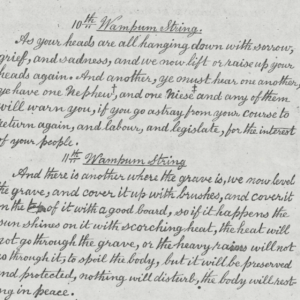
In 2017, researchers at Claremont University found that roughly half of the indigenous people that are killed by police or died in police custody between May of 2014 and October of 2016 had experienced mental illness or thoughts of suicide. Their deaths were also largely unreported.
On a Friday in October of 2016, a story was posted by the Huffington Post that followed a title reading “Cops Fatally Shoot Pregnant Native American Woman During ‘Wellness Check.’”
The story reveals that sheriff’s deputies in Washington State fatally shot Renee Davis after being dispatched to her home on Muckleshoot tribal lands. Davis was home with two of her three children, and her foster sister Daniella Bargala, who said that the 23 year-old had depression and was five months pregnant.
A spokeswoman for the sheriff’s department explained that Davis had sent her boyfriend a text message indicating that she was distressed and he flagged down a deputy on patrol. The boyfriend then showed the deputy the text she sent him saying that she had a gun and was going to commit suicide, while also sending a photo of a fresh cut on her arm to prove her intent.
The issue with the situation as a whole is that the article later reads; “what happened next is still unclear. Deputies arrived at Davis’ home around 6:30 p.m., and the encounter ended with Davis being fatally shot by at least one deputy’s bullet.”
“What happened next is still unclear;” even though when someone is murdered by law enforcement, it should be paramount for there to be accountability.
If you read the last sentence from the article over again, you will find that the writer implied that there were multiple deputies. So a woman, who was five months pregnant and depressed with a gun, had to be subdued, by what can be assumed were physically fit and able bodied deputies, with a fatal gun shot. The article says nothing of any injury being undertaken by the deputies, thus it can be assumed that there were none.
Perhaps because she had a hand gun the deputies may have seen it as a threat to the children, but in reality, the deputies opening fire upon her was a threat to the children. It was not reported that she even discharged the gun.
The reader is left in the dark as many things about this situation can only be assumed.
It has now been over two years since any information has been released on this case.
In 2015, Jeanetta Riley of Idaho, a 35-year-old pregnant woman who had a history of mental illness and substance abuse became another victim. Riley was shot dead by police as she brandished a knife outside of a hospital in the town of Sandpoint—it was reported that she was five feet tall and weighed 95 pounds. After refusing to follow instructions, officers shot her twice in the chest and once in the back, all within 15 seconds of arriving on scene.
Her killing was outshone within her home community, which up-roared, rallied and protested over the shooting of a dog that happened in the same day.
Thus, the opinion within this article coincides with the observation that there still is hardly any accountability made by law enforcement for their inadequacy in approaching situations involving indigenous women and those affected by mental illness in the US. It is frustrating as a news outlet to learn that many law enforcement agencies are still not properly educated nor equipped to handle the situations that they are often called to enter.
While the OPP have a mental health strategy, it should be paramount for all law enforcement agencies that are partnered with or are neighbours to indigenous communities to be given the needed training — rather than holding the training as an after thought.






